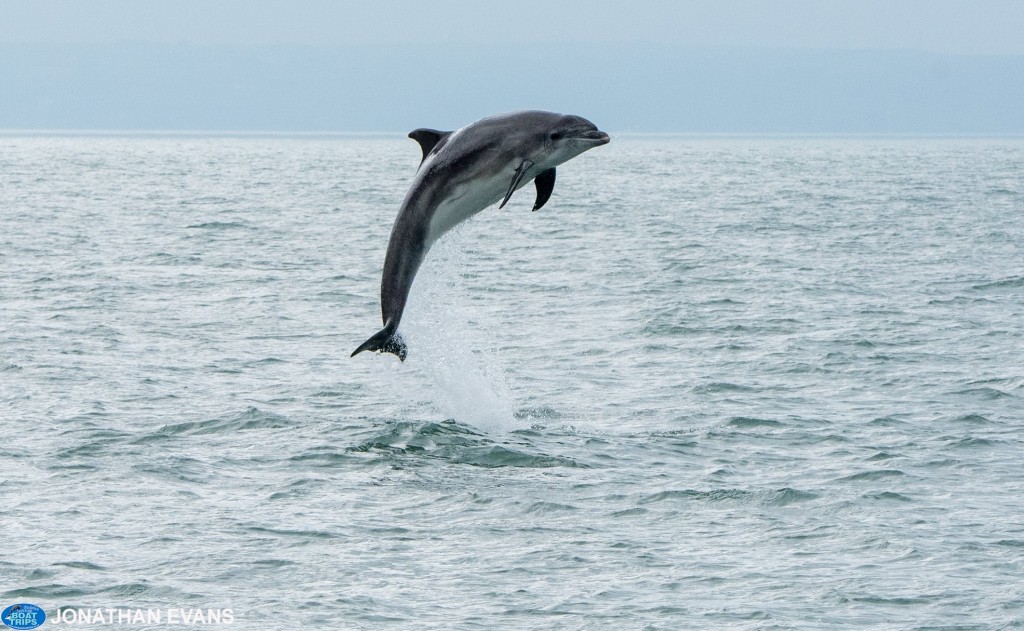By Kk Aye – Palaeobiology MSc Graduate at the University of Bristol
An overview of the ‘Impacts of climate change on marine mammals, relevant to the coastal and marine environment around the UK’ by P.G.H Evans and J. J. Waggitt (2020)
Our oceans occupy 71% of the Earth’s surface from the continental shelves to the deepest trenches, playing a critical role in regulating the global climate and marine ecosystems. Decades of anthropogenic carbon dioxide emissions have triggered an array of changes in the ocean such as ocean warming, ocean acidification and deoxygenation, producing varying challenges to many marine ecosystems.
Climate change has contributed to the loss of habitats, changes to food webs and geographical range shifts to cetacean biota. Around the Polar regions, warming has increased by 2-3°C, reducing 3.5-4.1% of sea ice every decade since 1979. Since 1987, the abundance of several cetacean species such as the Humpback whales have increased from 1800 to 26000, whereas the Minke whales inhabiting the Icelandic continental shelf have declined rapidly from 44,000 in 2001 to a mere 10,000 in 2009. These abundance patterns are in response to the elevation of sea surface temperatures (SSTs) and changes to the distribution of fish prey species and euphausiids within the Atlantic and Polar regions.
Geographical range shifts have also been commonplace around the British Isles, with a northwards extension of warmer temperate cetacean species from increasing SSTs; some cetacean species such as Baleen whales and Bottlenose dolphins have experienced population losses associated with harmful algal blooms and bio-toxins within the low-latitudes. Two prominent cetacean species (Short-beaked common dolphin & Striped dolphin) inhabiting warm temperate regions show a steady population increase over the last 30 years as their habitat range shifts northwards to the British Isles such as the Northern North Sea, Western Channel and the Celtic Sea.

Cetacean impacts under future climate scenarios?
Given that global SSTs will increase by 1.5°C by 2050, it is highly likely there will be a continuous northward shift of cetaceans above the mid-latitudes along with the expansion of the diversity and frequency of warm temperate/tropical species inhabiting the British Isles. However, cold temperate to polar species such as Narwhale, Belugas and Killer whales will face greater challenges due to the ongoing habitat loss and reduction in sea ice.
Despite the bleak outlook, some migratory cetacean species could thrive from such oceanographic changes. The loss of sea ice in the Arctic means many Baleen whale species will be able to arrive earlier and remain later in the feeding season. The Bowhead whale, a Baleen whale species endemic to the Arctic has seen a boom in population and calf counts, attributing to the expansion of food supply from phytoplankton blooms and increased primary production in the Pacific Arctic from enhanced ocean thermal stratification.
Even though impacts of climate change to marine mammals have been extensively researched, monitoring changes in the distribution and abundance of cetaceans maintain a challenge due to their relative inaccessibility and fewer resources available for frequent wide-scale abundance surveys. As a result, our knowledge of the distribution of certain cetacean species around the British Isles are limited, thus it is crucially important that the effects of climate change on cetaceans are documented across all cetacean taxa.

























